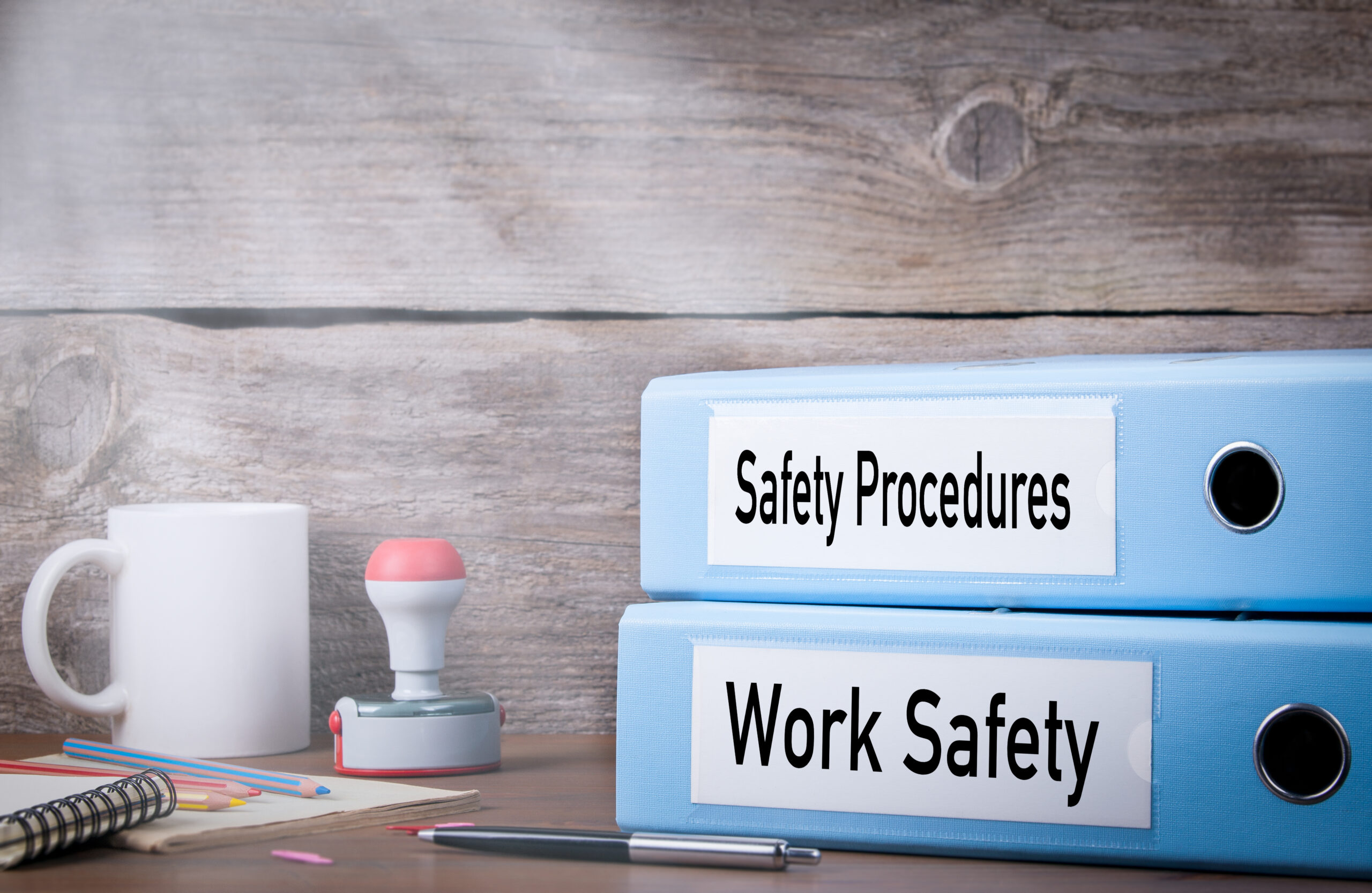Tricky people issues are inevitable in the workplace. While your employees help create the foundation of your entire organization, understanding behaviors and dynamics on an organizational and individual level impact the health of your workplace culture.
Emtrain’s Workplace Culture Report 2020 identifies the root causes of workplace culture failures. We’ve identified the six leading indicators that impact workplace cultures today.
In-group / Out-group Dynamics
The degree that ‘us vs. them’ mentality and behaviors drive employee acceptance, inclusion, and perceived value. Our brains are hard-wired to categorize people as “us vs. them” and can be a disruptor today by creating assumptions about others based on race, gender, age, role, and other factors. Employees who feel they belong, experience more empathy and respect from their co-workers.
Q: Have you noticed employees or a group of employees feeling excluded in the workplace?
Power Dynamics
The impact that power disparity and hierarchy have on the interactions between management and employees and the resulting impact on employee power and psychological safety. One reason abuse of power happens (even in healthy workplaces), is that people with authority are often unaware of how power impacts their interactions with subordinates. Managers should understand their power and implications it may have over employees.
Q: Do your managers understand the power they have over their employees?
Organizational Norms and Practices
Well-understood norms of behavior are more likely to support a “respectful, civil and inclusive” culture. Not just what is communicated, but what people actually do; what is acceptable workplace behavior and what is not. Norms are formed from policies, training, what leaders
model and often, the collective “drift” of unconscious behaviors.
Q: Are there programs that teach and reinforce your organizational norms and practices?
Unconscious Bias
Everyone has biases. Learned stereotypes are shaped by our life experiences, that influence our judgments about others. When employees are unaware of, and/or do not manage their unconscious biases, in-group/out-group dynamics are amplified. Unmanaged bias can amplify both the tendency to assign people to groups and to confer or deny status to those groups for the wrong reasons.
Q: How does unconscious bias shape the judgment and behaviors of your employees around tricky culture issues?
Social Intelligence
The ability to recognize and negotiate the social dynamics of the workplace. How skilled employees are at identifying and adapting to the differing attitudes, needs, and communication styles to others. While stereotypes exist about how social skills vary by role, gender, ethnicity, or generation, the fact is that these skills vary widely in every group. Social intelligence is shaped by experience, and multiple studies have shown that social skills are learnable.
Q: Are your employees trained on social intelligence?
Pre-Existing Mindsets
How past experiences shape the expectations, mindsets, and behaviors of your workforce. As our workforce diversifies, so do the range of background experiences that shape employee mindsets and behaviors. One person’s notion of what constitutes harassment or respectful behavior may be very different than another person’s view.
Q: How can you best show your workforce that different people will view a situation differently and find different actions culpable?
To get a deeper dive into these six key indicators, get your copy of Emtrain Culture Report 2020 and the Executive Summary today!










